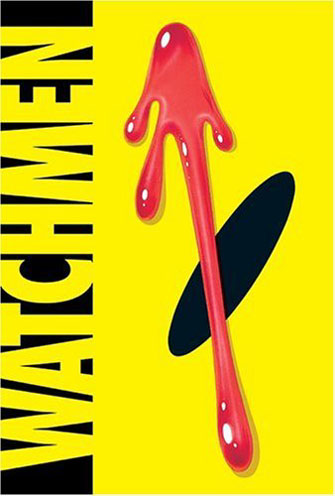
Myers, Walter Dean. Street Love. New York: Amistad and HarperTempest, 2006.
Annotation: Junice and Damian, put an urban twist on a classic star crossed love story that forces them both to evaluate their own lives before entangling themselves into passion.
Justification For Rejection: While "Street Love" does a phenomenal job with its language, poetry and flow the content didn't seem to stick. Instead of the traditional format for a novel Walter Dean Meyers headlines each section or chapter and sets up in verse/poetry format. It wasn't the style that didn't stick, but the quick and fluid story lines that never really panned out.
Each chapter focuses on a scene or character divulging the reader with various information and their inner thoughts. It was interesting to read this style and I was surprised to see how fast the reading became, but the conflict and exposition seemed to be left out. While we get little time to reflect on each characters woes and different backgrounds, it didn't seem to be enough. Maybe reading the book a second time would help, but each chapter started reading like a bunch of words. It was very poetic and again I applaud the style but it felt like a collection of spoken word poems.
I will admit the authenticity was believable, as it follows these characters throughout Harlem and "the street." My original plan for this weeks reading was the book "Monster" by Walter Dean Myers, after reading about it in one of the lectures but then changed my mind when I paged through some of his other selections. I didn't blindly pick "Street Love" because of the title but had randomly read some beautiful passages within it.
After reading the entire thing I will admit that Meyers has a knack for beautiful language and details even within the different format presented. A reason I didn't nominate this book was specifically because of the quote (in evaluating multi-cultural literature) "the best multicultural work creates rich characters with dimension, who, through expert crafting immerse the reader in their experience and tap into something deeply universal."
Meyers didn't leave time for us (the reader) to gain a personal connection with our main characters. Everything was too neatly presented as "these are the characters who are demeaning to women so they are bad," and "this is the passionate polite character who is nice so you should like him." It was almost too easy to pick and choose the protagonist and antagonist. I don't know if it was on purpose but I feel that YA readers would feel belittled even though it contains adult situations.
In the end, I feel my decision was the right one, even when I teetered back and forth. There are parts of the book I found beautiful and perfectly appropriate but the fast paced verse format pushed the story too fast. It left too many questions and little interest into these characters passion for one another. "Street Love" literally read like an outline where a boy and girl are introduced, fall in love, and run away together while dealing with their complicated friends and family, the end.



